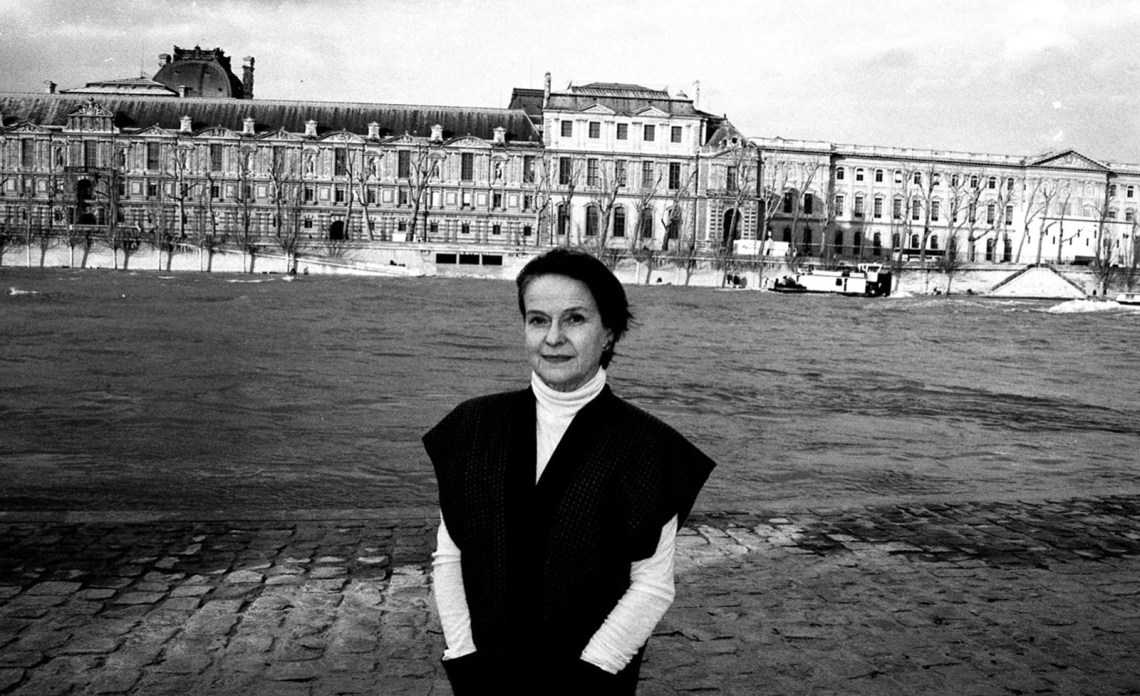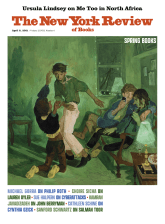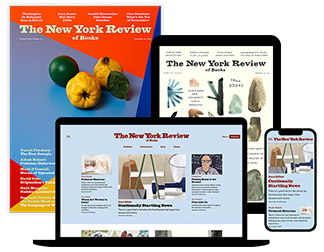I live in the center of Paris, a hundred yards from the Seine. Every day I walk along it, or cross one of the bridges that link the Left Bank to the Right. As someone who grew up along the Mississippi, I almost require the sight of a dirty brown stream to feel normal and happy, and thus am the ideal reader for Elaine Sciolino’s well-researched book The Seine: The River That Made Paris, which will tell the reader all there is to know about it. Rivers have always symbolized escape, but these days in Paris, its free flowing taunts. No one can travel to the US, itself riddled with the coronavirus, or to any of the other countries whose borders are closed. I had planned to take my husband’s ashes back to California; he died of Covid-19 last March, one of the earliest victims, infected in a French hospital.
There are worse places to mourn than Paris, for the moment suitably gray and frightened, as if a mortuary veil were concealing the city’s usually joyous face. On the surface all seems normal. The winter array of Gala apples, the morilles, pleurotes, and trompettes de la mort are in the markets; the buses run. But restaurants and bars are closed. The biannual sales are on, but no one buys. Theaters are dark. There are no tourists, only a handful of Parisians at a time, masked and tentative on their errands or walking their dogs. A curfew has been inflicted for 6 PM, reminding old people of life during World War II, when night streets were empty, and stirring the defiance of the young, undeterred by hefty fines for breaking the rules.
The general moroseness mirrors my own state of mind. I am hardly the only one to find that the Seine has the immemorial power of the pathetic fallacy, symbolizing or reflecting human emotions. It probably had the same power for Napoleon and Caesar, and even Vercingetorix. Right now the river is angry, slapping over the banks, drowning the benches where in better times people sit in peaceful contemplation.
Sciolino’s book furnishes a potpourri of details to reinforce the elegiac mood. For instance, near the seldom-visited village of Châtillon-sur-Seine is the lavishly decorated, five-foot-high Vix vase, a cauldron of hammered bronze made in Greece and found in the sixth-century tomb of a Celtic princess. She tells us it weighs almost a quarter-ton and could hold three hundred gallons of wine. People have speculated that it may be a treasure that Herodotus described in detail, forged by Spartan smiths for King Croesus of Lydia.
Is Sciolino’s look at the Seine a travel book that tells you where to go, what to see, what to avoid; or is it a history? Some of both. The river arises far from Paris, in a “forgotten corner of Burgundy” near a village called, naturally, Saint-Germain-Source-Seine. The spot is marked by a Napoleon III–era statue of a river nymph. An intrepid and conscientious reporter, Sciolino goes to look at it, talks to Antoine Hoareau, the enthusiastic leader of the Friends of the Sources of the Seine, and drinks the water bubbling from springs in a swampy field. “Pesticides?” she asks. “It is very good and fresh,” he reassures her.
-
*
Elizabeth Bard, Mary Blume, David Downie, Charles Glass, Janet Hulstrand, Jake Lamar, the late Polly Platt, Alan Riding, Mort Rosenblum, Harriet Welty Rochefort, Edmund White—just to name a few. John Baxter! ↩






